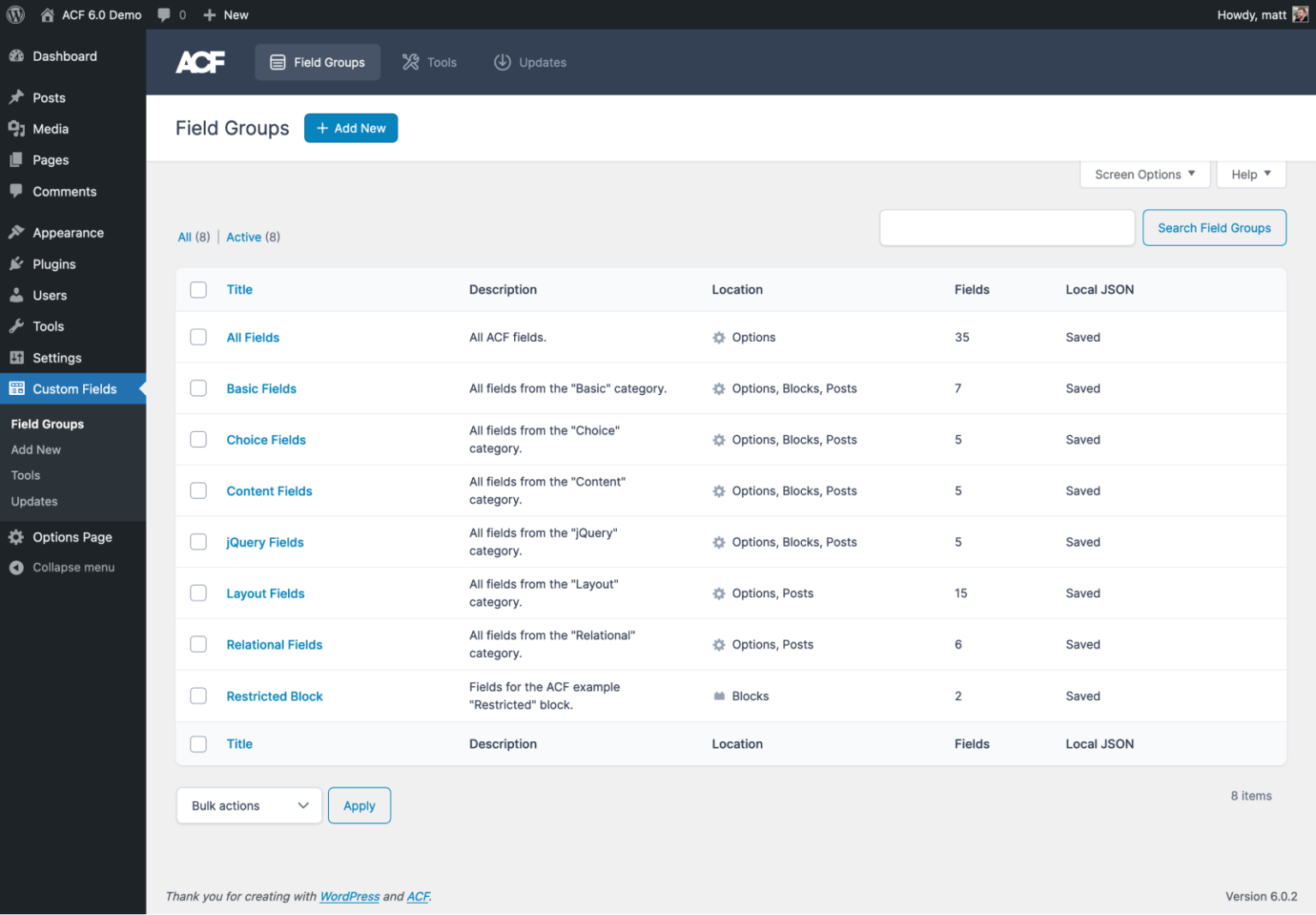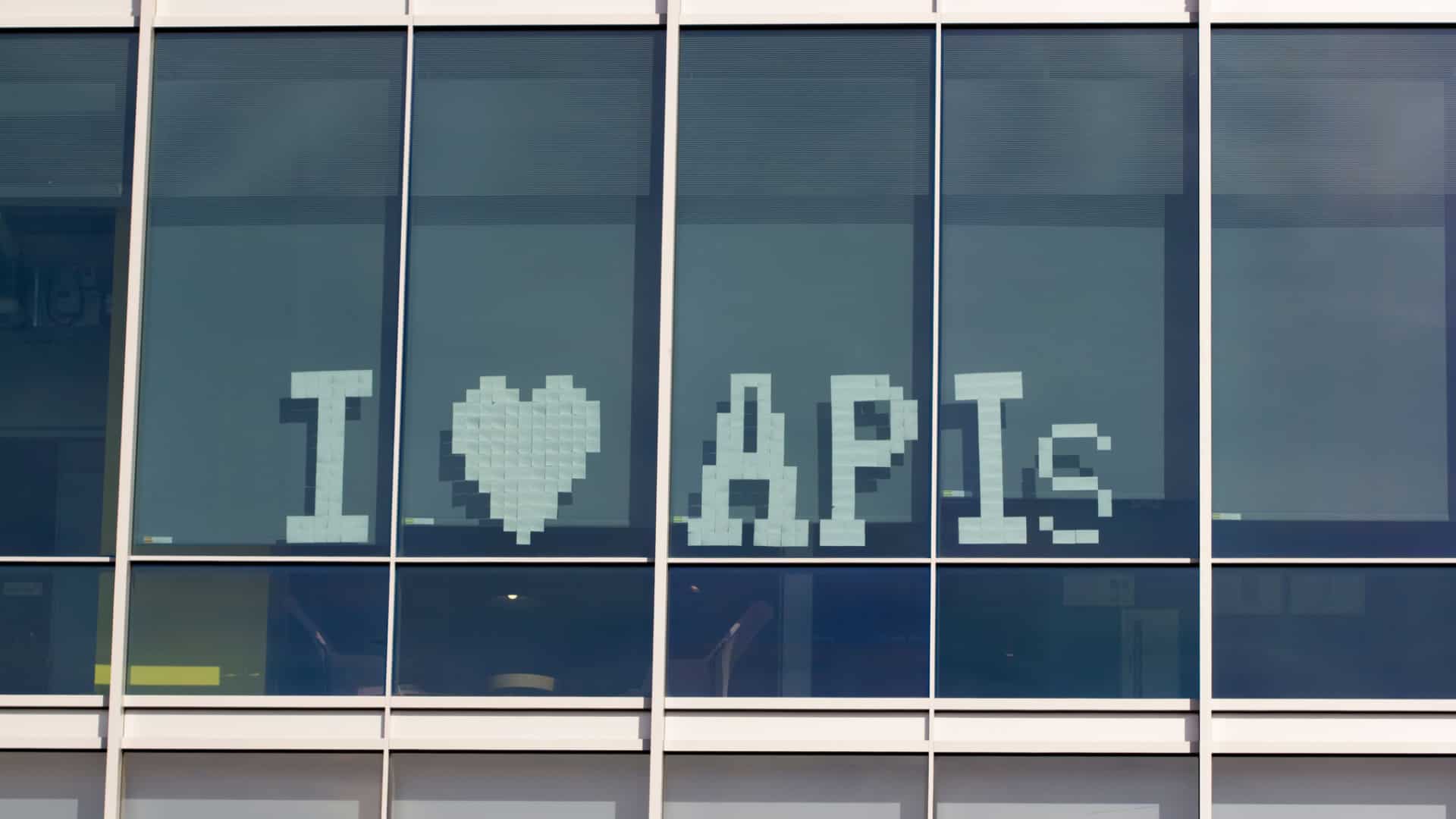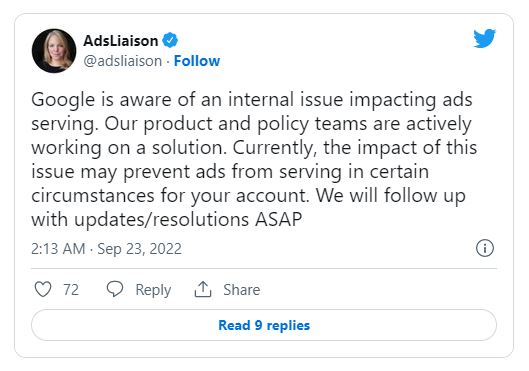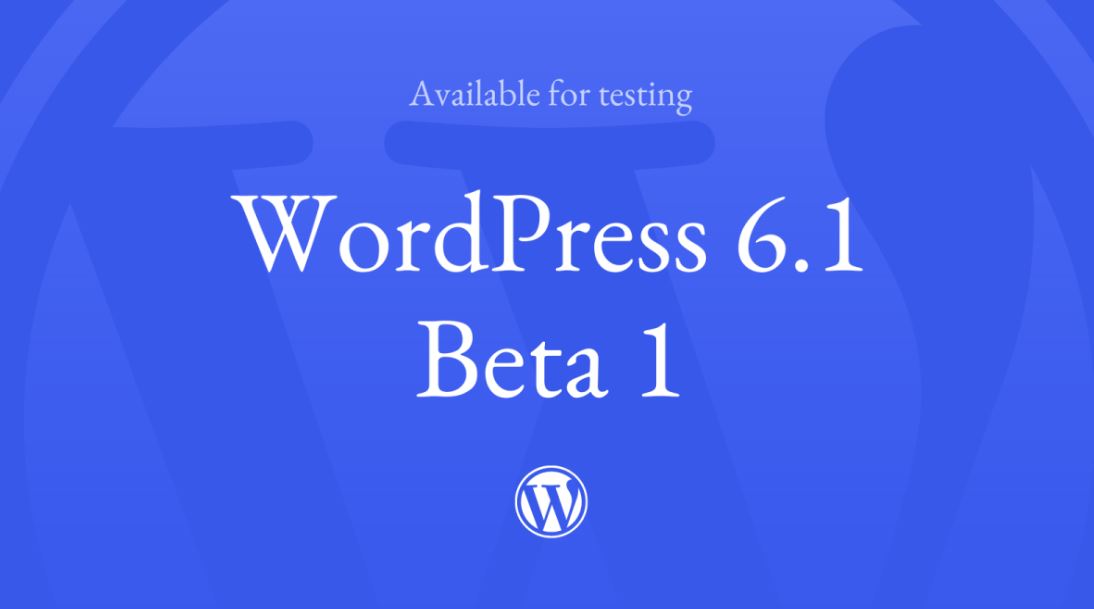
ACF 6.0 Introduces Refreshed Admin UI and ACF Blocks Version 2
Advanced Custom Fields (ACF) has announced the availability of version 6.0, an update that applies to both the free and pro versions of the plugin. This release introduces a refreshed admin UI that ACF product manager Iain Poulson said users had been requesting since 2021.

“We didn’t want this to be a huge change that would disrupt a user’s workflow, but instead a light reskin that focuses on bringing user experience improvements to the Field Group editor,” Poulson said.
“The team have done a great job with the new design, improving all the ACF plugin admin screens from the Field Group editor to the Tools page.”
The reskinning delivers the following improvements:
- Reduces the vertical height of the field settings
- Improved experience adding new fields to a Field Group
- Added a sticky “Save Changes” button to the header bar that is always visible without users having to scroll up to the top of the page
- Added more width to “Fields” box to reduce cramping from nested subfields
- Keyboard navigation for fields
- Improved focus states across the Field Group editor, toggle switches, radio buttons, and checkbox groups
- New opt-in setting for Repeater pagination
Version 6.0 also includes ACF Blocks Version 2, a feature included in ACF PRO. It allows developers to use a PHP-based framework for developing custom block types.
Source: ACF 6.0 Introduces Refreshed Admin UI and ACF Blocks Version 2
Content API for Shopping and Google Ads API updated for country targeting

Recent updates to the API. Last month we announced that Google was removing the country targeting requirements were being removed and replaced with a new feedLabel field. Today Google announced updates to those changes including:
For Google Ads
- Any Google Ads account can set the
feed_labelfield inShoppingSettingfor Shopping and Performance Max campaigns. You can set feed_label in the Google Ads UI and the Google Ads API.
For Merchant center
- As of September 14th, 2022 we‘ve started the gradual rollout of feed labels in the Merchant Center UI. When this feature is enabled in the UI, merchants will be able to create a new feed with feed label set to any valid string.
In the Content API:
- Products that have only feedLabel, and not targetCountry, if they were added in the Merchant Center UI.
- Products with feed labels that aren’t two-letter country codes.
API behavior summary. Additionally, the following is a clarification from Google about the current API behavior for feedLabel:
- Insertion: You can only call
Products.inserton products with a matching feedLabel and targetCountry. Currently, Products.insert might return an error if you don’t provide a matching targetCountry. This behavior hasn’t changed if you continue to use only targetCountry. - Targeting: If you set feedLabel to a valid 2-letter CLDR territory code, you must still set the shipping attribute of the products resource to the same country in order to target that country. For example, if you set a new feedLabel to “US”, you must also set the
countryfield in the shipping attribute to “US”. If you don’t set both fields, the product might not be eligible to serve in that country. You can configure targeting for an entire feed in the Merchant Center UI. - Get/List: When you use Products.list or Products.get, you might see products that only have feedLabel (and not targetCountry) set if they were added in the Merchant Center UI.
- Product IDs: Once a feedLabel is set for a product it becomes part of the product Id. This means you can’t modify the feedLabel for that product (this is similar to how language works). If you wish to change the feedLabel you will need to create a new product with a different product Id.
Coming next. Google says that once the rollout of feed labels is complete, they will accept Products.insert calls with feedLabel set to any string. targetCountry will be optional.
For datafeeds, the datafeeds resource will be updated to include feedLabel in the Content API for Shopping.
Source: Content API for Shopping and Google Ads API updated for country targeting
PublishPress Acquires MetaSlider Plugin and MetaSlider Lightbox

PublishPress, a company that develops free and commercial publishing and permissions plugins for WordPress, has acquired MetaSlider from Extendify. The plugin is used on more than 700,000 sites to build sliders, slideshows, carousels, and galleries. The company’s mission is to help publishers succeed, so this is a curious acquisition as sliders seem to have fallen out of favor on the web over the past seven years, due to problems with SEO, performance, and poor engagement.
“A traditional slider isn’t a good fit for a news website for a couple of reasons,” PublishPress founder Steve Burge said. “First, publishers want a display that they can update easily. Second, they can be worried about the performance slowdown from a slider.
“We aim to tackle those problems head-on. To solve the first issue, we plan to expand dynamic content features of MetaSlider so you can easily pull in fresh content. And secondly, we’ll focus on the speed of MetaSlider, so you don’t have to worry about a slow site.”
Burge said PublishPress will use MetaSlider as a platform for building a suite of image tools. As part of the sale, the company has also acquired MetaSlider Lightbox, which has 10,000 active installs, and a photo gallery that’s in a beta version.
Source: PublishPress Acquires MetaSlider Plugin and MetaSlider Lightbox
New Google issue may affect ad serving
It’s just not Google’s week… or month… or year. Today, Google Ads Liason Ginny Marvin just posted to Twitter that they’re currently aware of an internal issue impacting ads serving. Here’s what she said.

Is this related to the other Ads Manager issues they’ve reported this month? We’re not sure. The Tweet is too vague to know what specifically is happening.
This sounds familiar. Just yesterday we reported on other outages and “updates” from Google affecting publishers. This new issue could be related, but again, we’re not sure. Check that out here.
Source: New Google issue may affect ad serving
WordPress 6.1 Beta 1 Now Available

WordPress 6.1 Beta 1 is now available for download and testing.
This version of the WordPress software is under development. Please do not install, run, or test this version of WordPress on production or mission-critical websites. Instead, it is recommended that you test Beta 1 on a test server and site.
You can test WordPress 6.1 Beta 1 in three ways:
Option 1: Install and activate the WordPress Beta Tester plugin (select the “Bleeding edge” channel and “Beta/RC Only” stream).
Option 2: Direct download the Beta 1 version (zip).
Option 3: Use the following WP-CLI command:
wp core update --version=6.1-beta1
The current target for the final release is November 1, 2022, which is about six weeks away.
Additional information on the 6.1 release cycle is available.
Check the Make WordPress Core blog for 6.1-related developer notes in the coming weeks detailing all upcoming changes.
Source: WordPress 6.1 Beta 1 Now Available
More News:
More Google Ad incidents and issues
Google Answers If Stop Words Should Be Used in URL
Over 280,000 WordPress Sites Attacked Using WPGateway Plugin Zero-Day Vulnerability